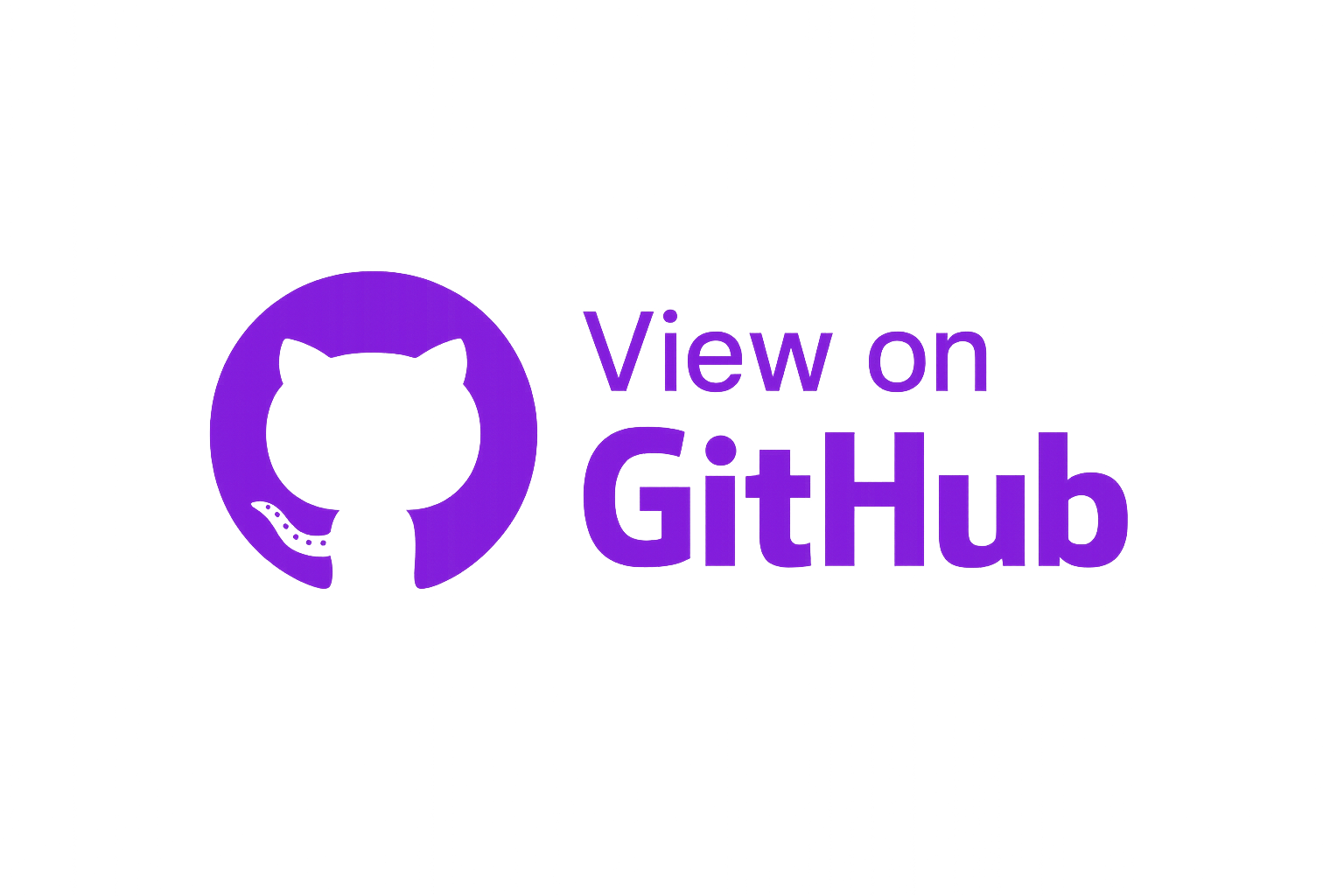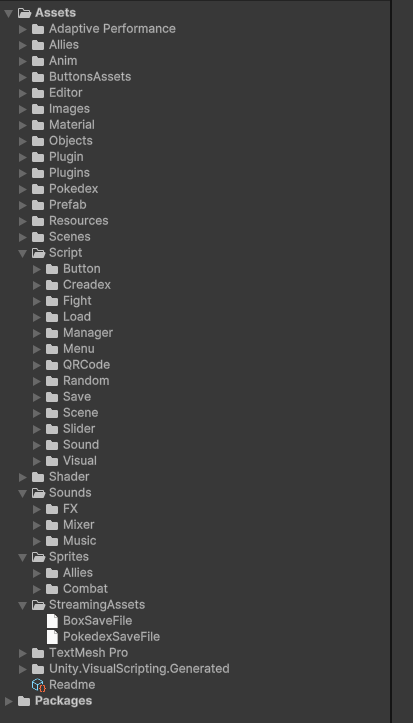

Creallies - 2025
Platform :
Mobile
Team size :
5 Developers
3 Artists
Time span :
10 days
About the game :
This game play around creatures named "Allies", they are mysterious beast that hide in the world, you can collect them through your phone camera by scanning QR Code and once it's done you can either fight it or catch it so he can help you later.
What I worked on :
First I thought that working on the project's hierarchy since it's really important to have a "clean & understandable" hierarchy when you work with a team.
For the Artists :
They were discovering Unity with this project , they had no idea where to put their assets , materials or prefabs so making the hierarchy simple to use was mandatory.
For the Developers :
We were 5 developers on this project , it means that we are going to work a lot of time with other's scripts and that a good setup is really important.

What I worked on :
Next up , I worked on a scene that can be interpreted as a "Pokedex" , it's used to see all the monsters you encountered , for that I implemented a data-driven Pokédex system in Unity designed to persist player progression across multiple scenes.
The project uses a singleton-based GameData manager to centralize all runtime data including player info, captured creatures, and Pokédex entries ensuring consistent access and synchronization between systems.
All data is serialized into JSON files, allowing for efficient save/load operations while keeping the structure human-readable and easy to debug.
Each creature’s information (stats, rarity, shiny state, and origin zone) is stored through custom serializable classes, providing flexibility for future expansion.
The UI leverages a ScrollView-driven layout for dynamic content rendering, maintaining performance and responsiveness even with large data sets.
This approach combines clean architecture, scalability, and maintainability suitable for complex gameplay systems or progression tracking features.
The differents classes used to save the datas
Save functions that serialize data into JSON files
What I worked on :
To handle all the audio aspects of the game, I developed a custom SoundManager in Unity.
It centralizes music and sound effects control using AudioMixers, allowing me to dynamically adjust volumes for master, music, and FX channels with persistent PlayerPrefs saving.
The system supports both one-shot effects (like UI clicks or battle sounds) and looped background tracks, and uses a singleton pattern to ensure consistent audio behavior across scenes.
By leveraging Unity’s AudioMixerGroups, I was able to fine-tune the mix in real time and optimize performance for mobile devices.
Additionally, an editor-only feature automatically updates and displays all sound types in the Inspector through the OnEnable method, streamlining audio organization during development.


Conclusion :
Since this game is the first I did on Unity I learned a lot through it. The fact that it was a mobile game was a great opportunity to do something different than what I was used to.
It helped me on my team-leading skills and how to sometimes , think more about the groups than the individual and how managing problem could be easier with teamworks.
